Flexion Distraction Therapy Melbourne: A Targeted Approach to Disc Bulge and Herniation
Flexion-distraction is a safe and effective non-surgical approach to managing many challenging spinal conditions.
It involves the use of a specialised table that rhythmically alternates between gently stretching while simultaneously flexing the spine, and then relaxing it.
It is a method that can effectively alleviate pain and improve spinal function.
Who would benefit:
Patients who would typically present for Flexion–Distraction treatment include:
- Disc injury
- Sciatica
- Facet joint syndromes
- Spinal and foraminal Stenosis
- Spondylolisthesis (slippage of bone)
- Spinal degeneration (arthritis)
- Post-surgical back pain
- Patients who need gentler treatments
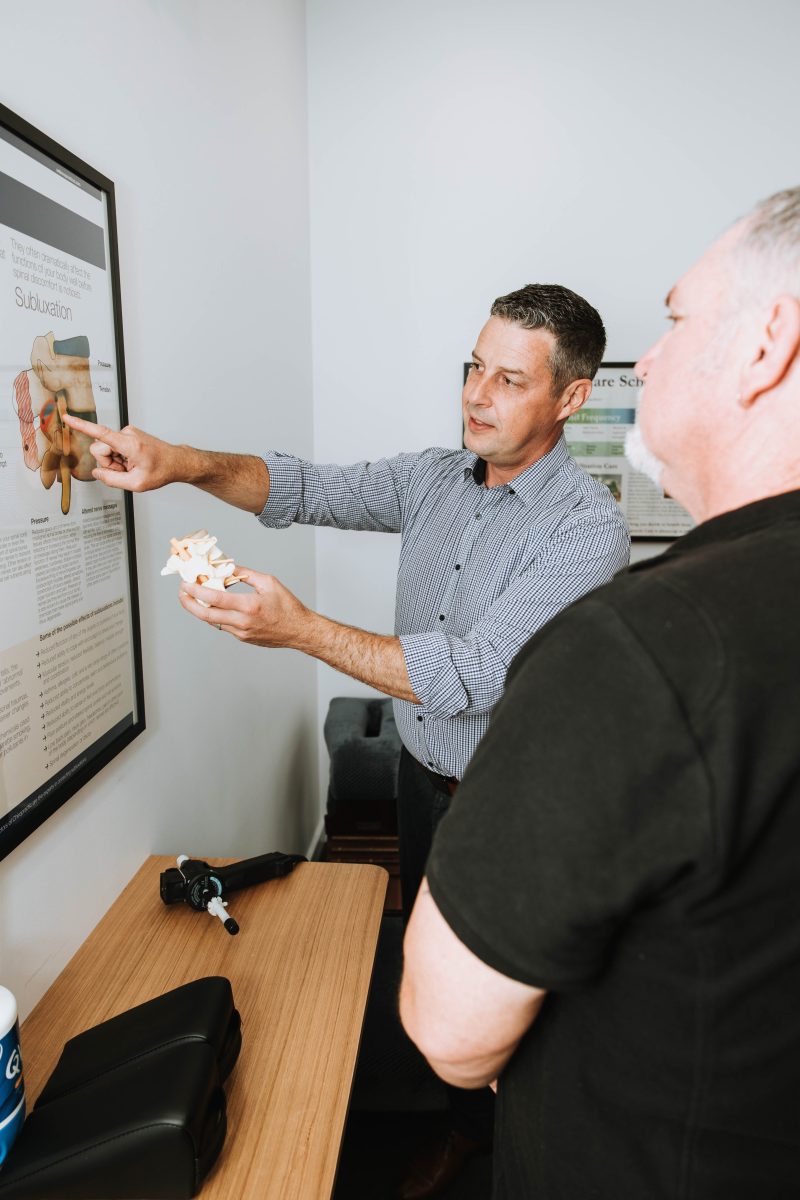
How it works:
Flexion–distraction has been shown to:
-
Increase disc height to take tension off of annular disc fibers and create a drop in intradiscal pressure1
-
Create a negative pressure inside the disc that encourages a protruding or bulging disc to centralise
-
Improve circulation around the spine promoting inflammatory waste removal and nutrient diffusion to the disc
-
Increase the diameter of the spinal canal and forminae (holes where nerves exit the spine) to assist in decompressing nerves
-
Aid in restoring normal motion to spinal vertebrae
-
Stimulate mechano-receptors in spinal joints that help to inhibit pain and muscle spasm

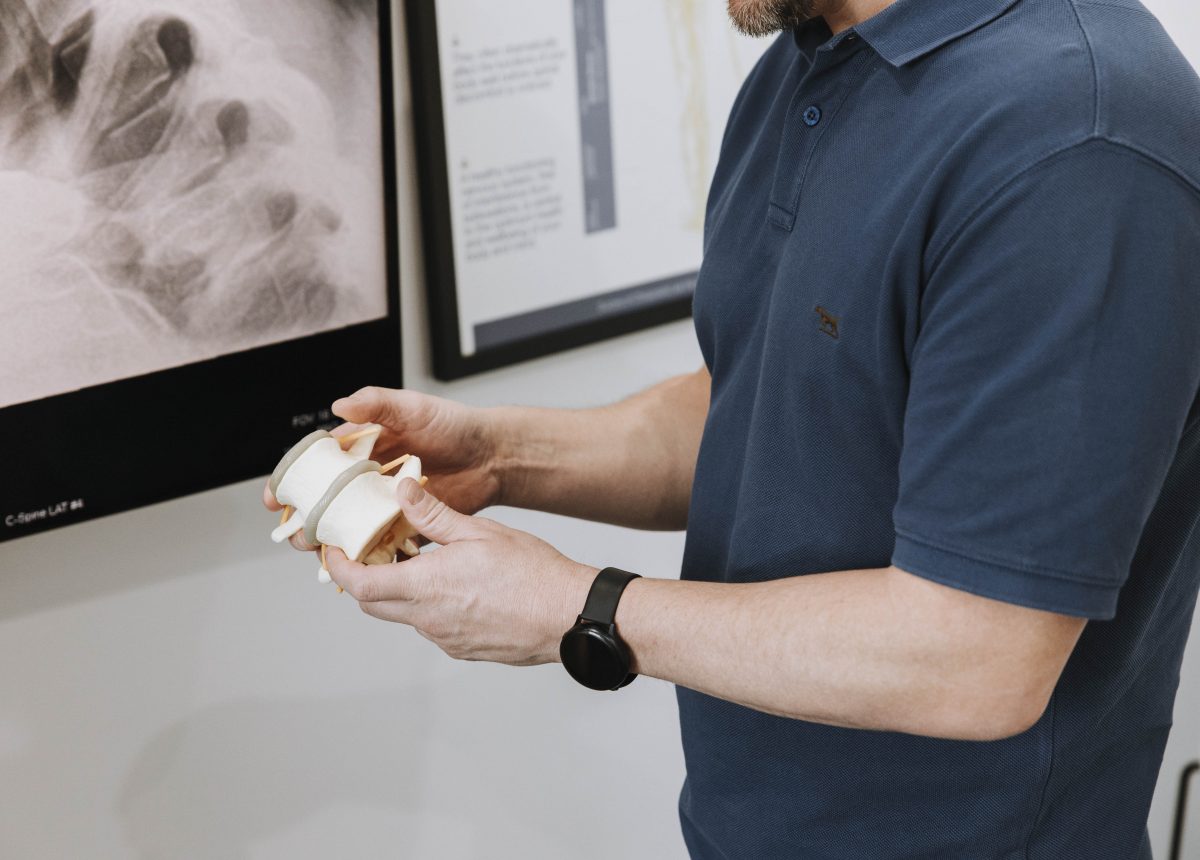
How long does it take to work?
The main goal of Flexion–Distraction is pain reduction and achieve maximal improvement in the shortest time frame.
A series of 1000 case studies2 has shown that to achieve maximal improvement, on average it takes around 29 days, or 12 visits.
Some people improve significantly with only a few visits, while others with conditions like a herniated disc, may take 3 months and possibly longer.
Your treatment plan will be tailored to your particular situation, and as you improve, your need of care naturally reduces.
There are various factors that will affect time frames for healing: how long you have had the pain, extent of damage and intensity can all affect the healing process.
Lifestyle factors also come into play: being sedentary, smoking, alcohol, lack of fitness, diabetes, heavy repetitive work, etc. are a few factors that can slow down and impair the healing process.
Lastly, some spinal issues are with you for life (i.e. severely damaged discs or spondylolisthesis), so it often becomes more a case of management over your lifetime.
Rest assured, we’ll do everything we can to get you to your maximum improvement in the shortest amount of time possible.
The goal:
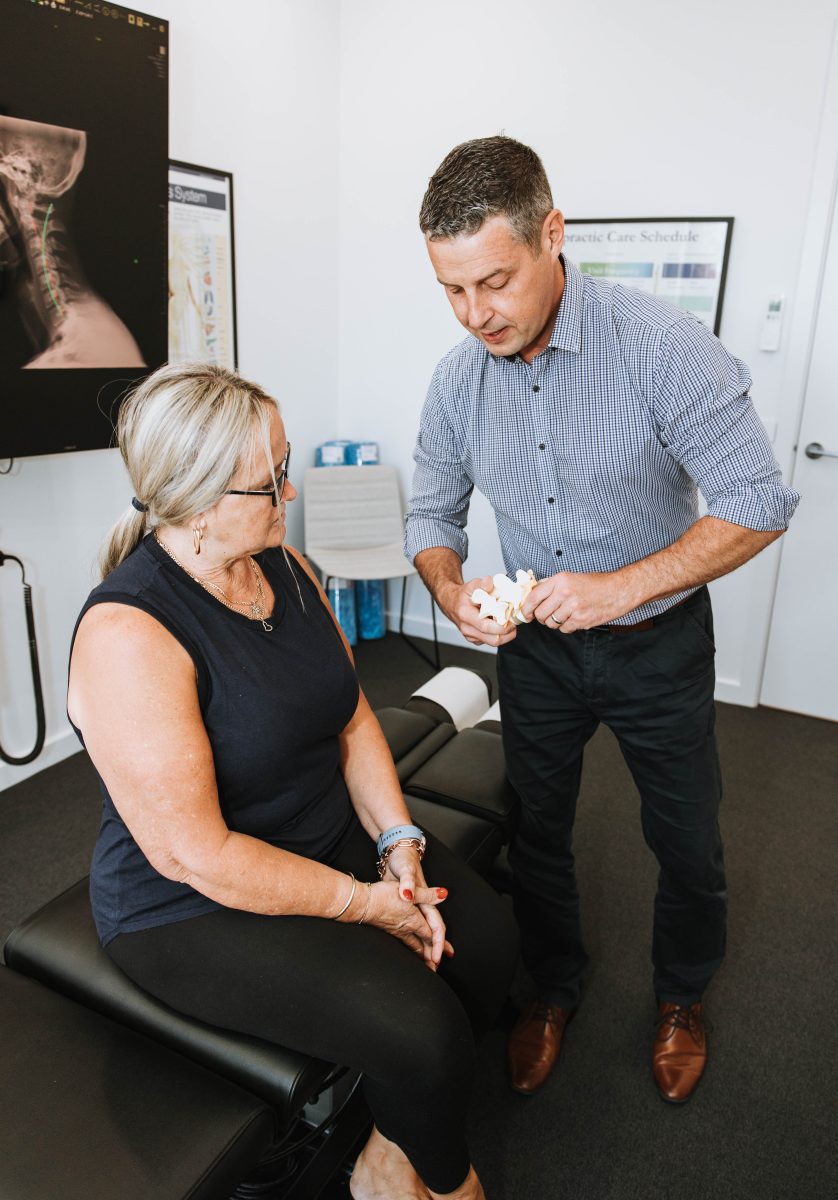
The process and fees:
Initial Visit: including detailed history, spinal examination, and a trial test of the treatment. $120
Subsequent visits: 15min appointments. $67
References:
-
Gudavalli MR, Cox JM et al. Intervertebral Disc Pressure Changes During The Flexion–Distraction Procedure for Low Back Pain
-
Cox, JM, Feller JA, Cox JA: Distraction Chiropractic Adjusting: Clinical Application, Treatment Algorithms, and Clinical Outcomes of 1000 Cases Studied. Topics in Clinical Chiropractic 1996; (3)3:45-59, 79-81
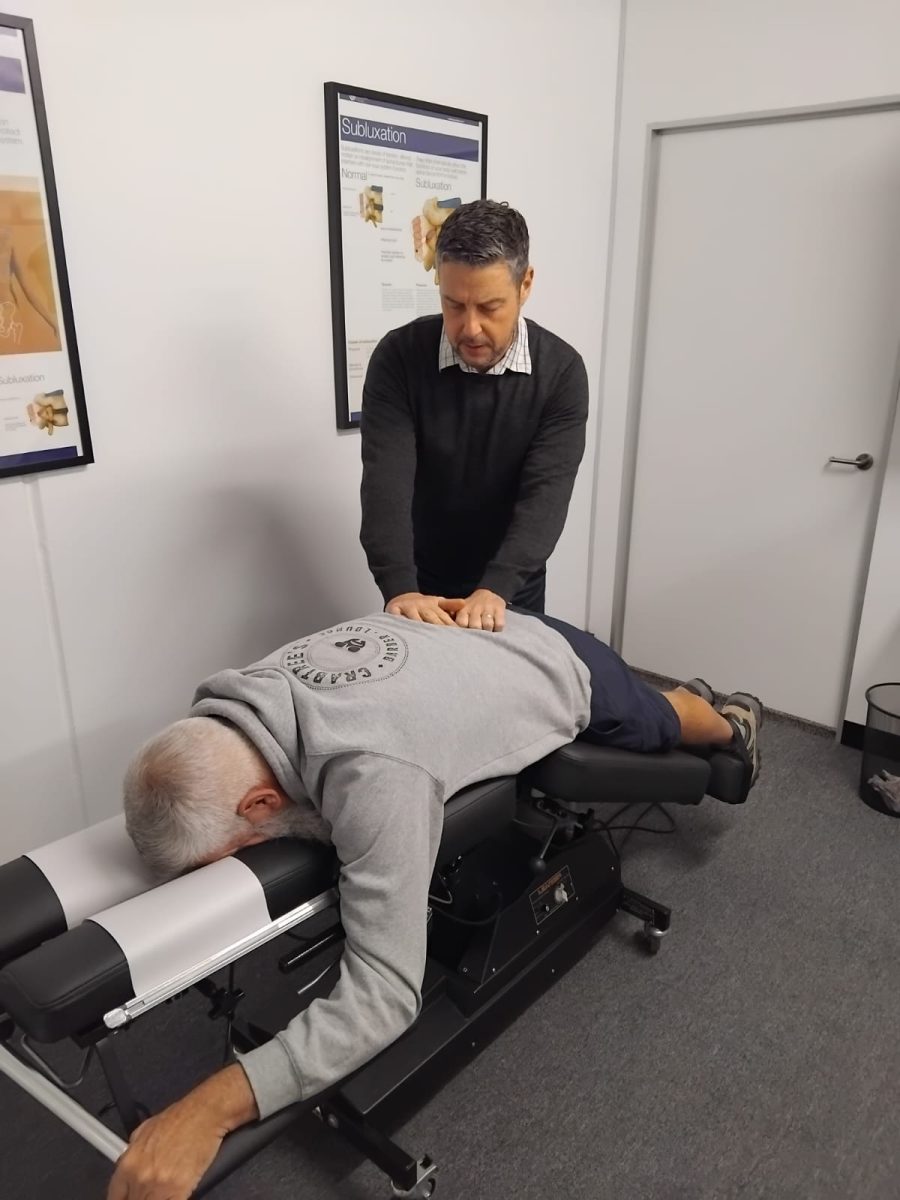
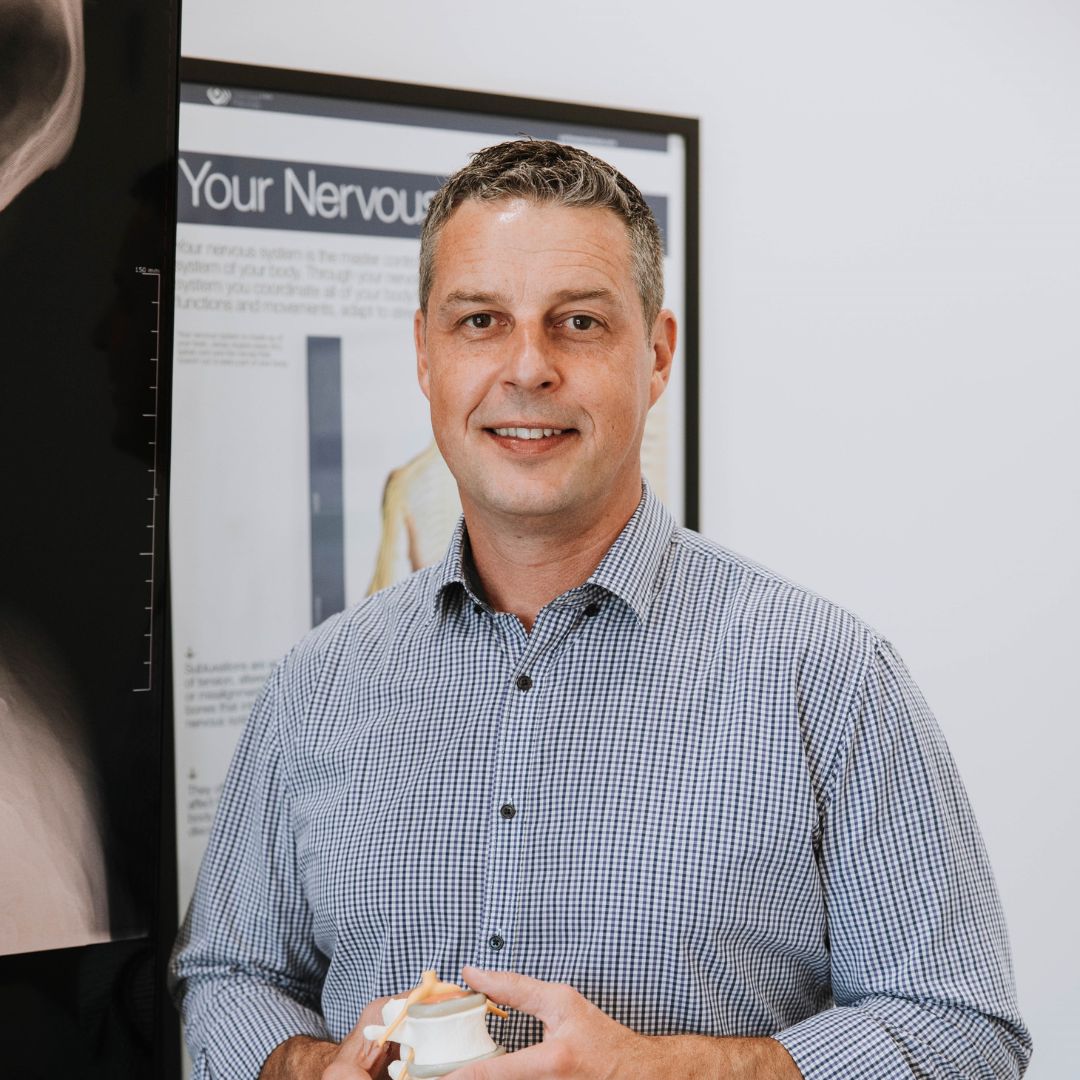
Dr David Korchok
Chiropractor
Dr David Korchok is our trained flexion distraction chiropractor and consults with patients needing the Cox flexion distraction approach at our Pakenham clinic location
Book an appointment with dr dave for flexion distraction here